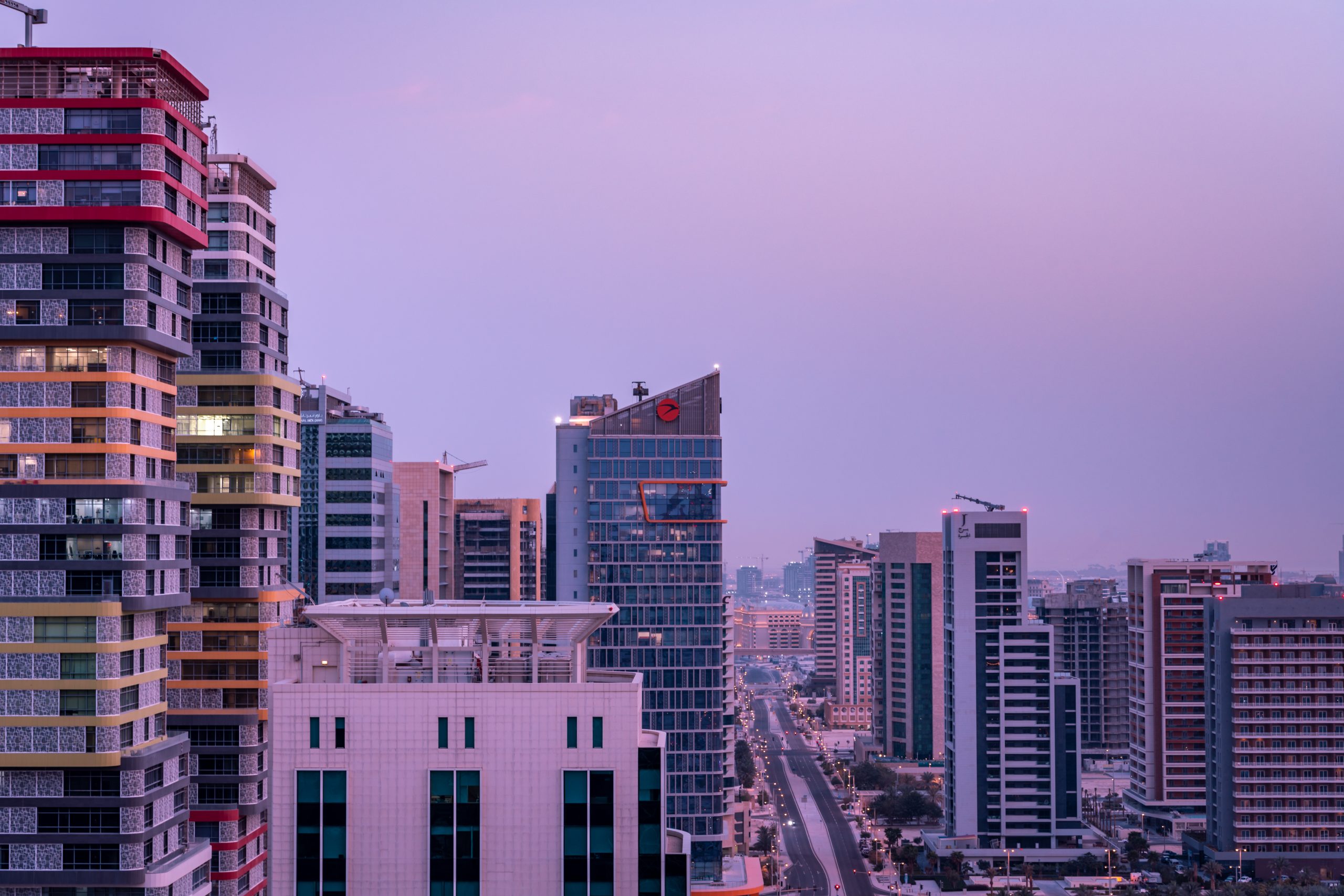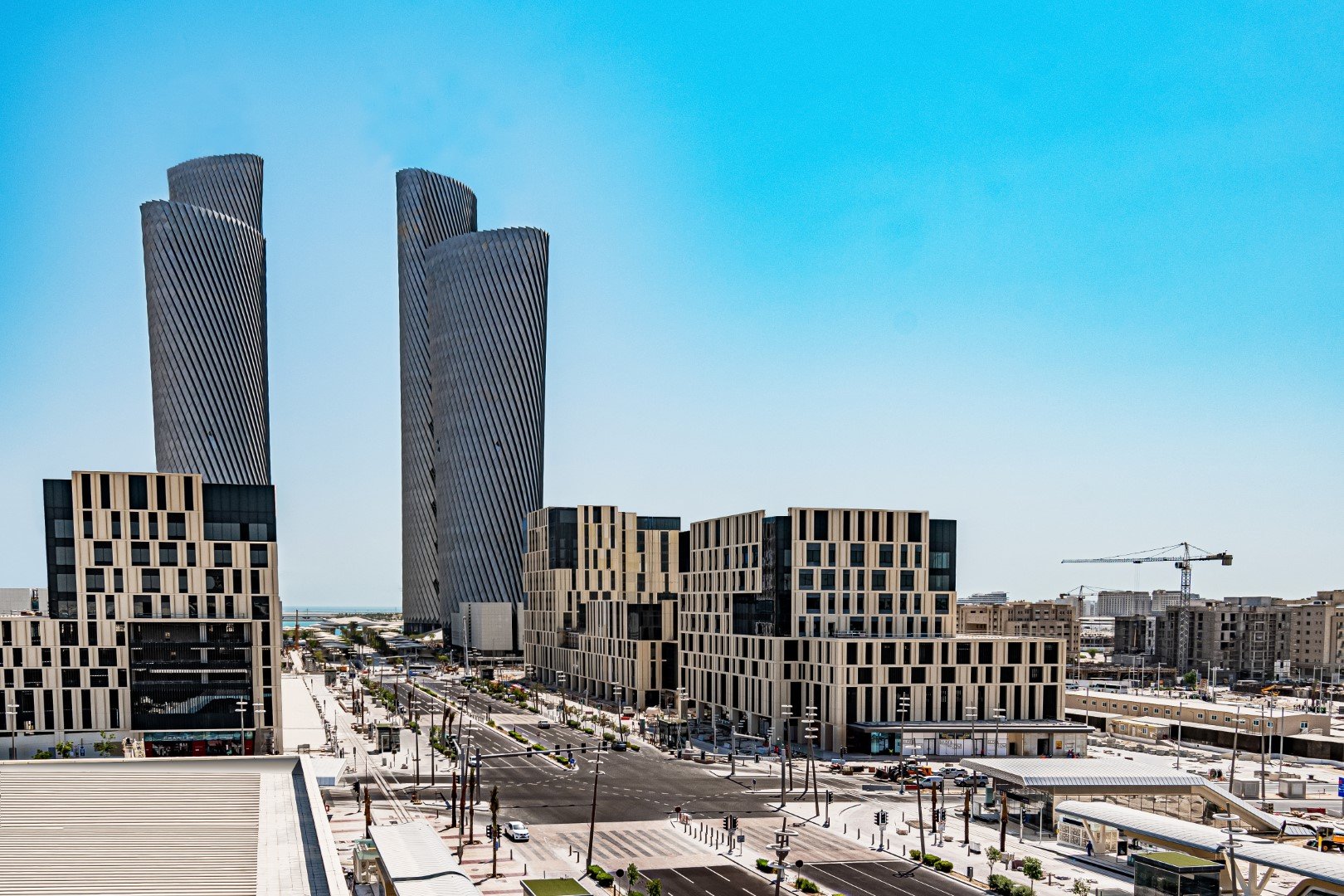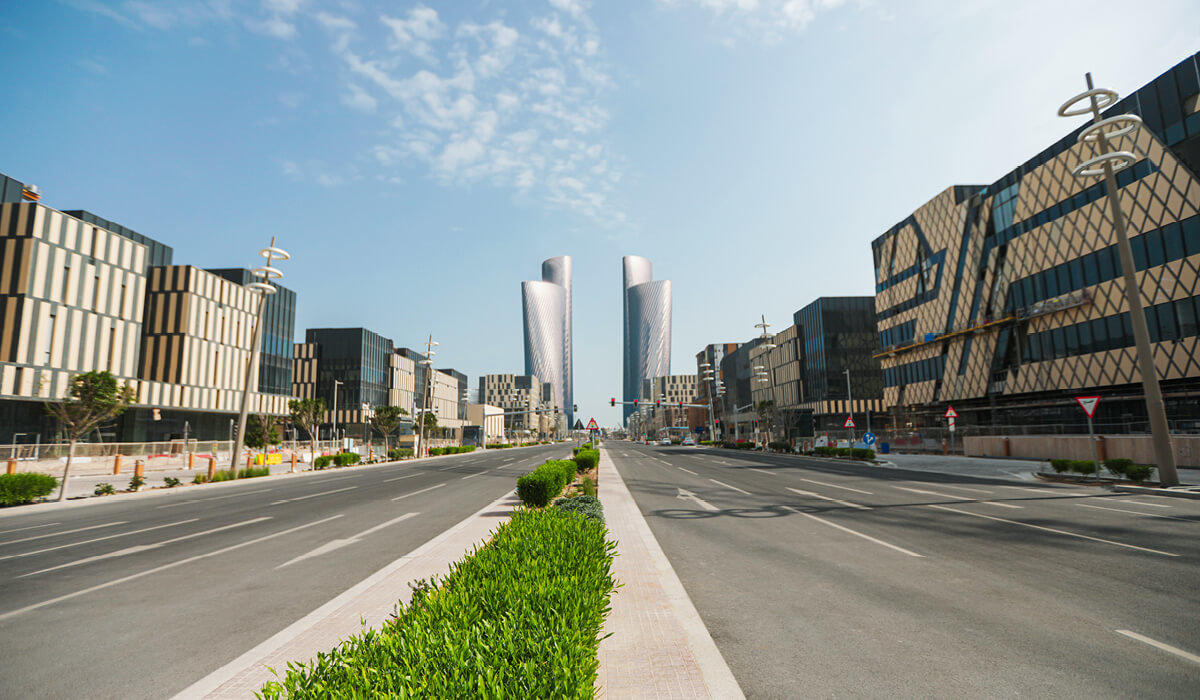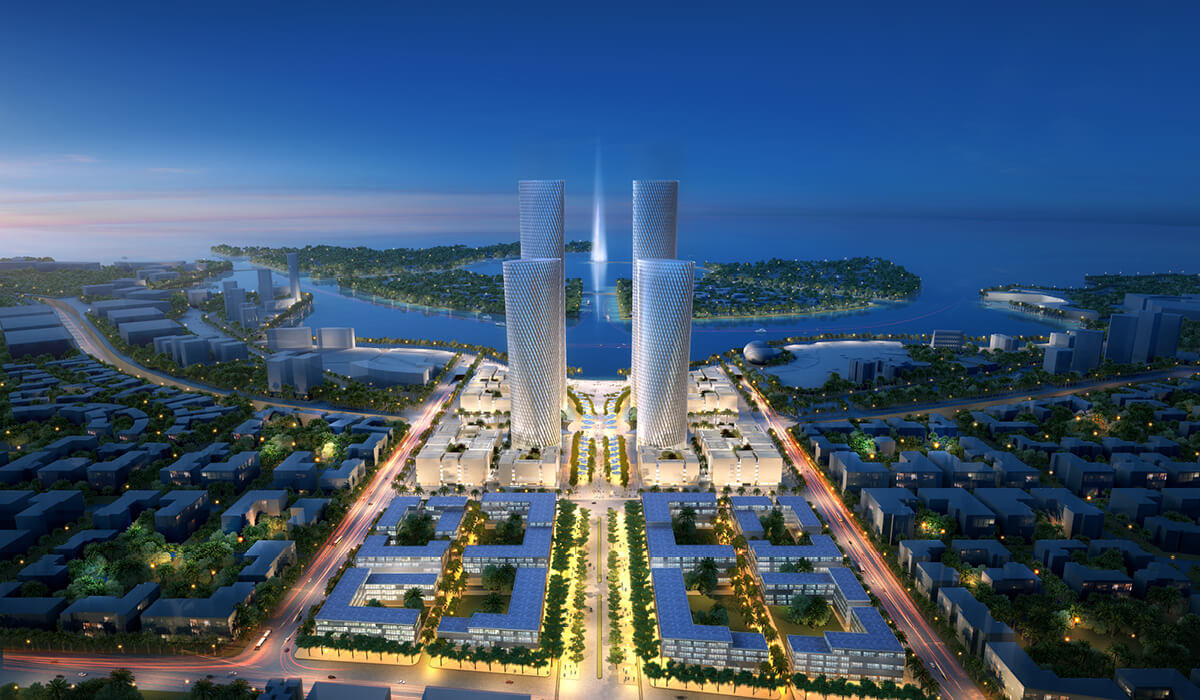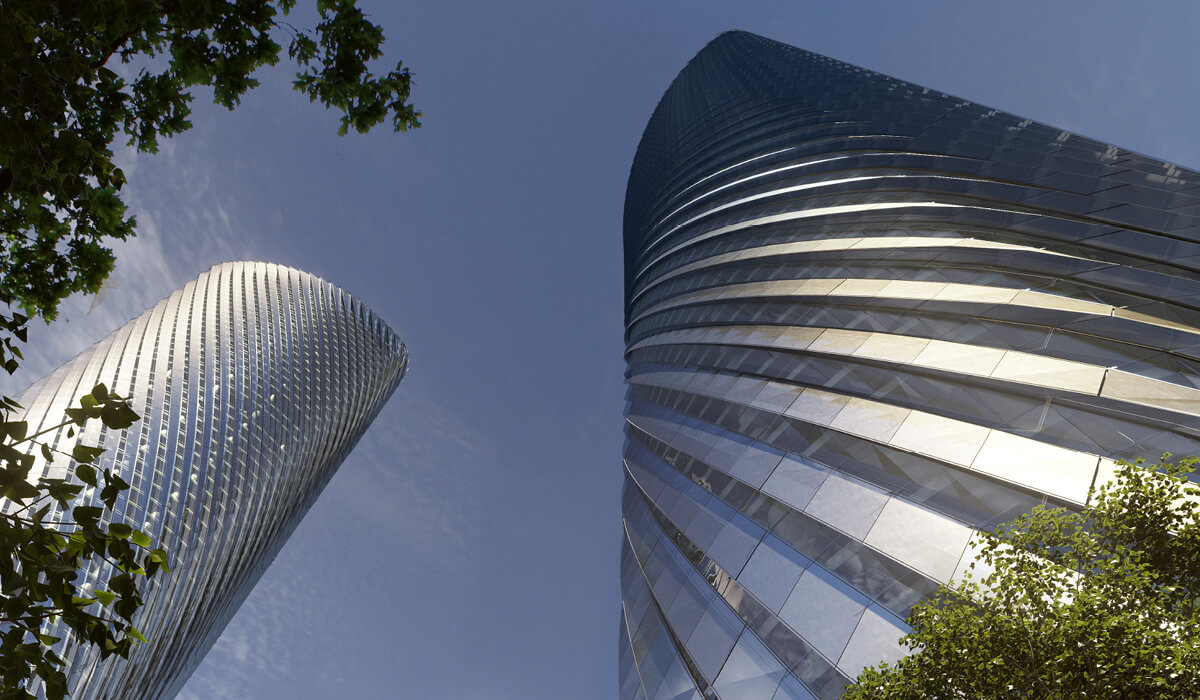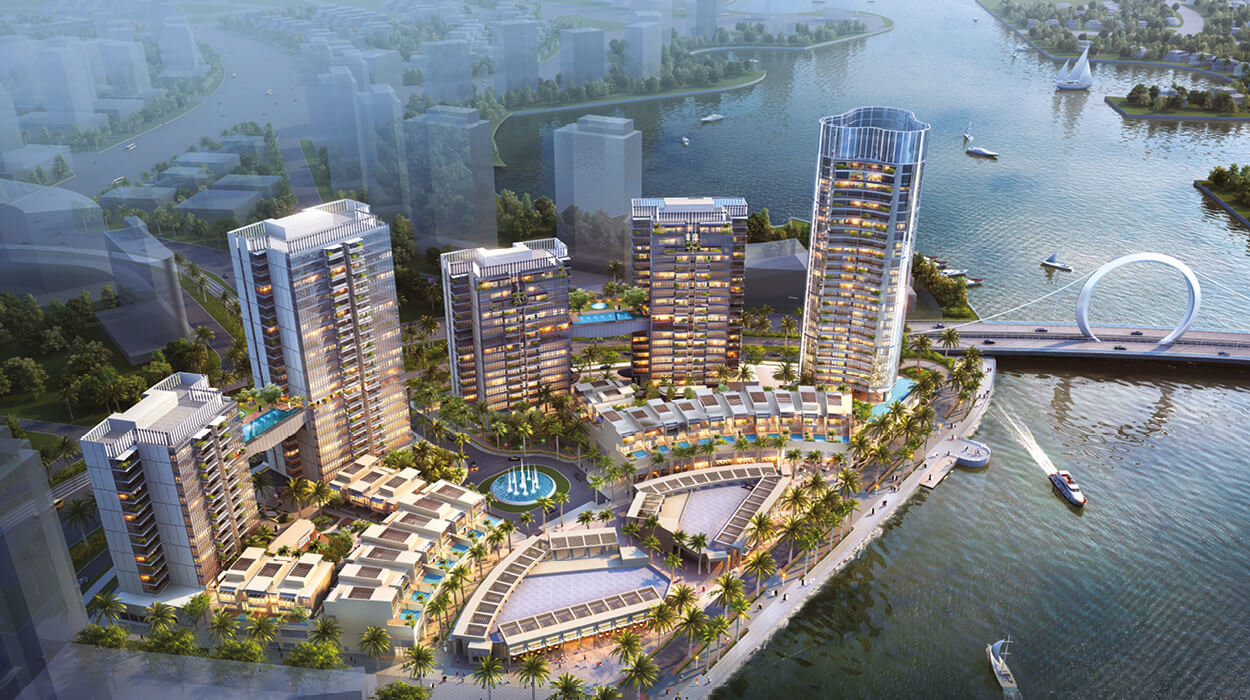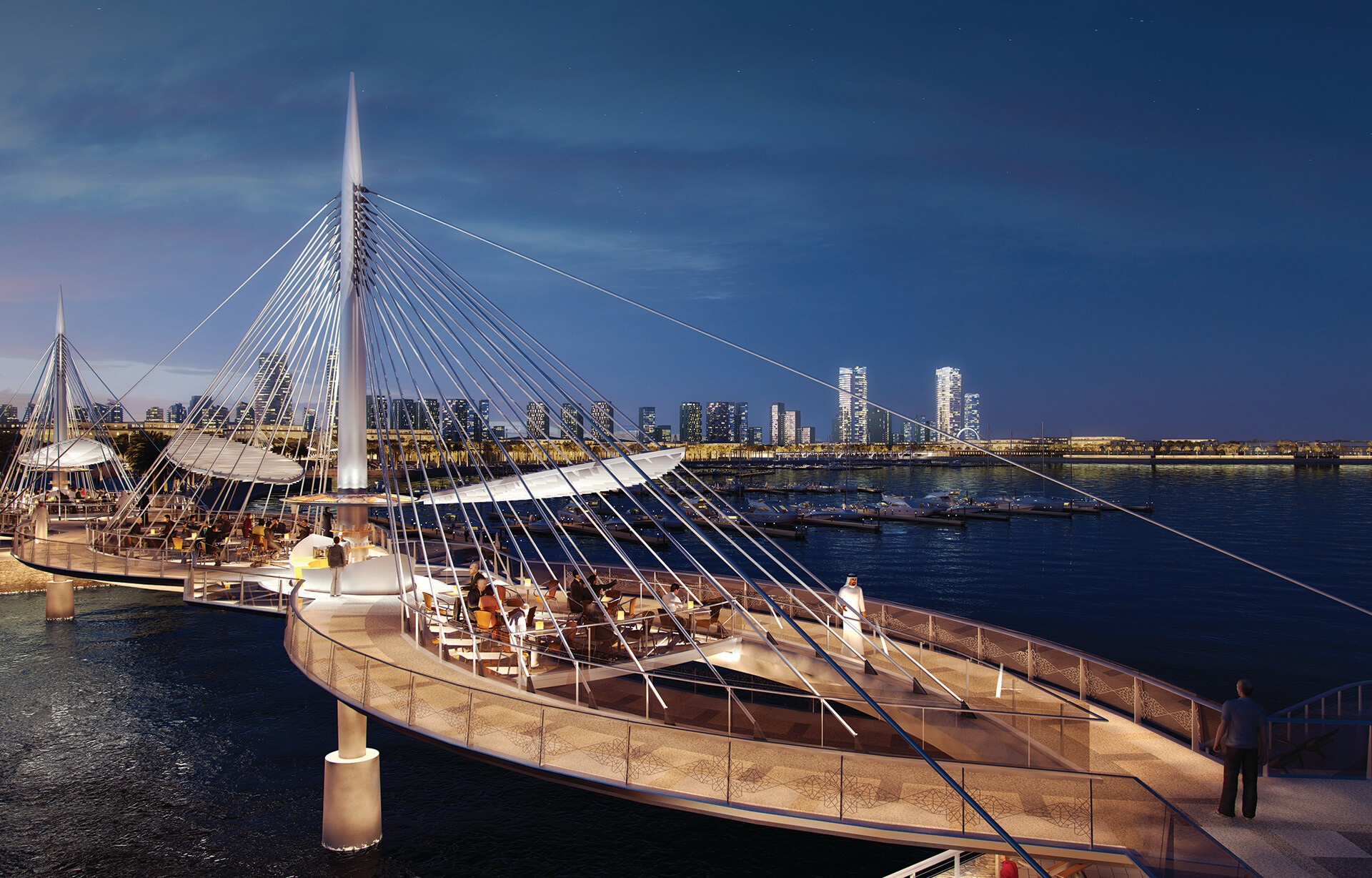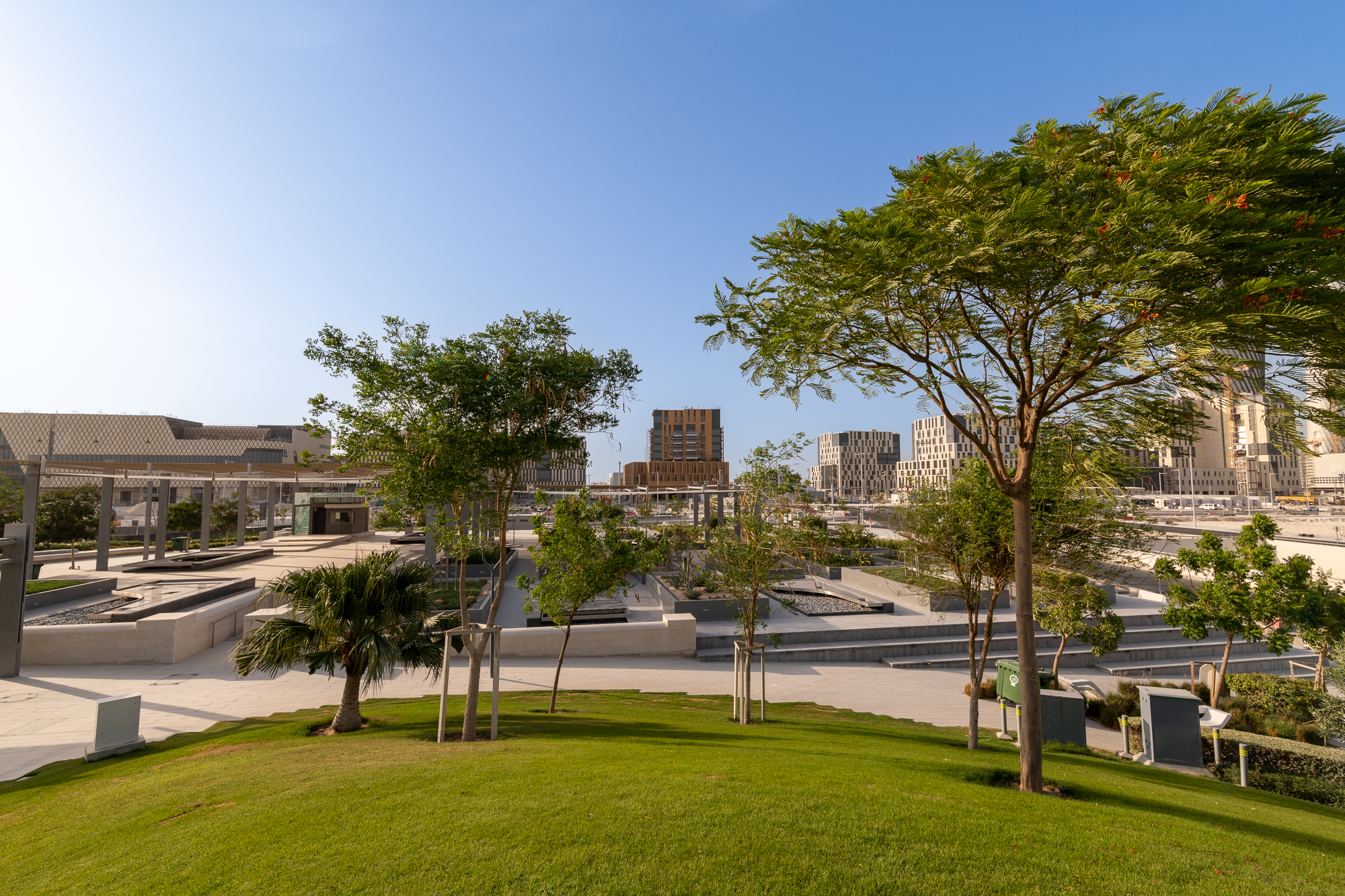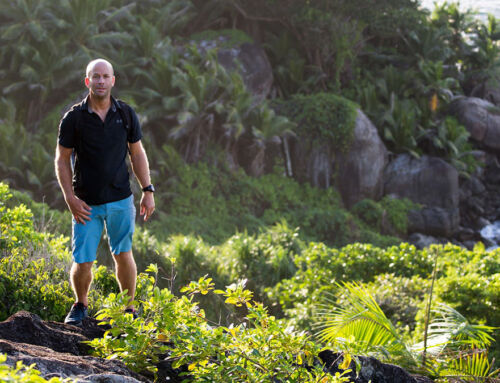“Qatar has launched a US$5.5 billion residential and commercial real estate project to attract Qatari and foreign investors to the booming property market”. So reported the press on 25th December 2005 about the recently announced plans to develop what had until then been a small city on the east coast of Qatar. It was Lusail City, or “The City of the Future”, a project promoted by the newly created Qatari Diar Real Estate Investment Company (Qatari Diar), from the sovereign wealth fund Qatar Investment Authority. Construction began the following year, in 2006, and although it was expected to be completed in 2010, with 250,000 residents in its flats and villas, by 2018 Qatari Diar announced that it had completed more than 80% of the infrastructure projects of the new urban plan.
Today, a population of some 198,600 residents, according to 2022 data, is spread over an area of 38 square kilometres and enjoys many of these infrastructures. Lusail City includes four exclusive islands and 19 mixed-use residential districts, with leisure facilities, shopping malls, theme parks, a variety of restaurants and cafes, 22 world-class hotels, two marinas, etc. However, what makes it an interesting project is that it has been built from scratch with sustainability in mind.
Indeed, the urban planning concept guiding its development is that of the “15-minute city“. Each of Lusail City’s districts has retail shopping areas, schools, mosques, medical centres, as well as sports and leisure areas. In addition, these neighbourhoods have small parks full of greenery. In addition, two large networks of parks, Crescent Park and Wadi Park, provide an expansive garden for strolling, sports and cycling. All of them are planted with native species of vegetation and are irrigated with recycled, non-potable water. Finally, in order to reduce the need for cars, a tram line was inaugurated in 2022 to connect with the Doha metro (Lusail is located some 23 kilometres north of Doha). In addition, an artificial reef is being developed along the coast to create the conditions for the proliferation of marine life.
Nevertheless, as CNN’s travel section notes, “while Lusail has superb —even newly iconic— architecture, grand outdoor spaces, and festivals and events, it will never have the organically grown, higgledy-piggledy layout of old Doha, which draws the tourists”. In any case, it is still a vibrant city full of possibilities for leisure and recreation, as well as being geared towards the essential goal of sustainability.
Sources: Lusail City, CNN Travel, New Zealand Herald, Gulf Times, Wikipedia. Images: Downtown Lusail, Qetaifan Islands.



